Are you thinking about applying for a grant through the South Australian History Fund? To help you with your applications we have asked some of our previous grant assessors to think about what makes a good grant application. Whether this is your first time applying or you’re a regular, read on for some tips and tricks that will help make your application stand out.
Your Pitch
Think carefully about how you pitch your project and provide clear, succinct information that will help the assessors know what it is you are seeking funding for. Don’t assume the grant assessors know the ins and outs of your project, collection or research topic.
- Do you want to conserve a significant item in your collection? Tell the assessors why the item is significant.
- Do you want to digitise your collection? Be clear about how you are going to run the project.
- Do you want to publish a book on an aspect of SA History? Demonstrate the need for this publication -what gap does it fill?
Consider the reach of your project and expand it if possible. If you are putting on an exhibition perhaps you can have an online component that will make it accessible to people who can’t physically attend. Are you delivering a workshop? Can you record it and make it available to others in the broader community?
Finally, when it comes to your pitch think outside the box. Projects that provide a fresh perspective or are innovative always stand out.
Is your project feasible
Be careful to not bite off more than you can chew. Assessors want projects to succeed and a project that overpromises will raise alarm bells. If your project is particularly big consider breaking it up into stages to be delivered over a number of grant applications. For example, if you are planning to rehouse your entire collection, perhaps you can split it up into distinct groups of work like starting with the costume items or purchasing boxes for your badge collections
Demonstrate your credibility…
…and the credibility of the people you are working with.
In addition to making sure a project is feasible our assessors will also look for projects that either meet or strive for best practice. This can mean hiring a professional conservator, historian or designer. This is a legitimate cost to put in your grant application however, like asking you to fully explain your project, don’t assume our assessors know the person you are proposing to consult with. Have your consultant provide you with their CV and attach it as a supporting document. The assessors will want to check that the consultant is qualified for the job.
Whether you are hiring a consultant or not (and it is certainly not a requirement) make sure your application demonstrates that you have investigated, and intend to follow, best practice. While assessors get excited when they see an innovative project, they still need to ensure that the results will be achieved to an appropriate standard. For example, scanning a photo at the right resolution or using archival standard materials. The Community Engagement team at the History Trust of South Australia is particularly good at making industry standards achievable and they would be delighted to support you in this task.
Budget horrors
Nobody likes preparing budgets, but a well-prepared budget is a good way to demonstrate you know what you’re talking about, and you have thought your project through. Seek quotes for any expenses and be clear about which expenses the grant will cover. Make sure your budget adds up and ask someone not associated with the project to double check it for you.
Consultation
Consultation with First Nations or other communities, where relevant, is an important part of any project. If your project needs consultation make sure you include a consultation plan in your application and factor in the need to pay people for their time and knowledge. If you are unsure if your project requires consultation, the Community Engagement team at the History Trust are happy to assist.
Support Acts
More and more we see the need for the History Network to band together to create a more dynamic and resilient history community. So why not think about this with your project? Think about partnership opportunities with other community heritage groups – could you ask a consultant to run a workshop? Is there space to include other attendees from nearby history groups? Are you wanting to digitise your collection, and could you collaborate with another group to share equipment?
Dot your i’s and cross your t’s
Don’t underestimate the benefit of having someone unconnected with your grant to read through your application. By the time you submit your grant you will have read it so many times you will no longer be able to see it clearly. A fresh set of eyes will be able to advise if its clear and more easily see the odd typo.
Don’t be afraid to shout
And by shout we mean reach out to the Community Engagement team at the History Trust of South Australia. All History Trust grants are assessed by external assessors which means we can help you with everything from framing your project through to checking your budget. We love nothing more than hearing what people in the South Australian History Network are up to and finding innovative ways to support you.
Just email us at Community@history.sa.gov.au
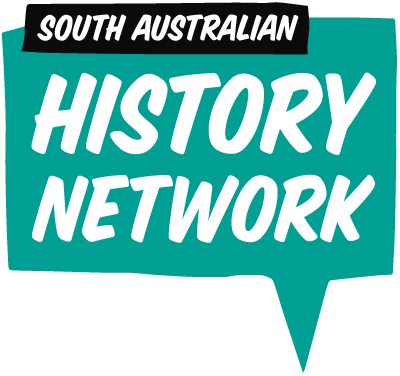
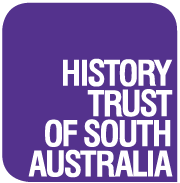
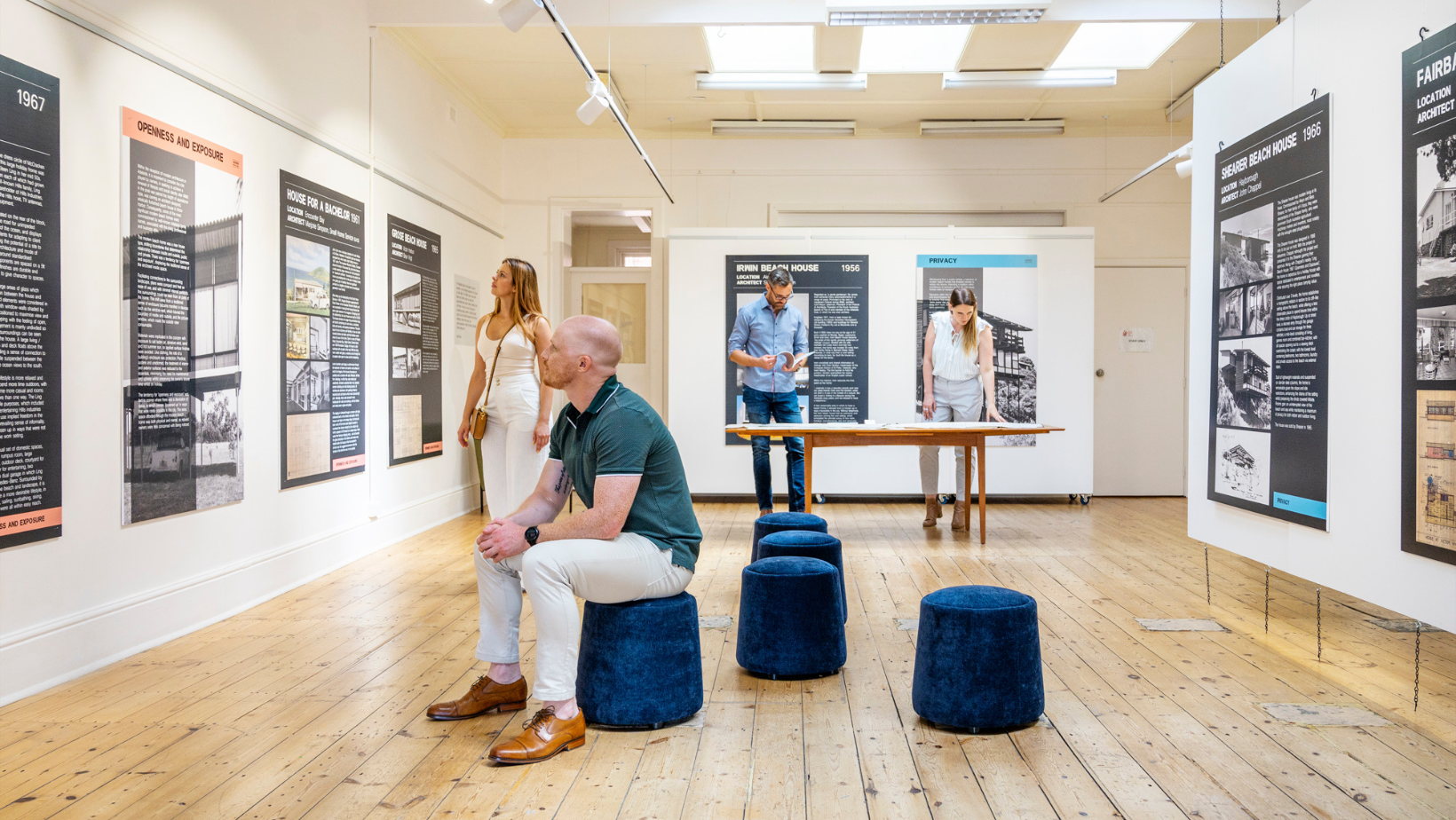
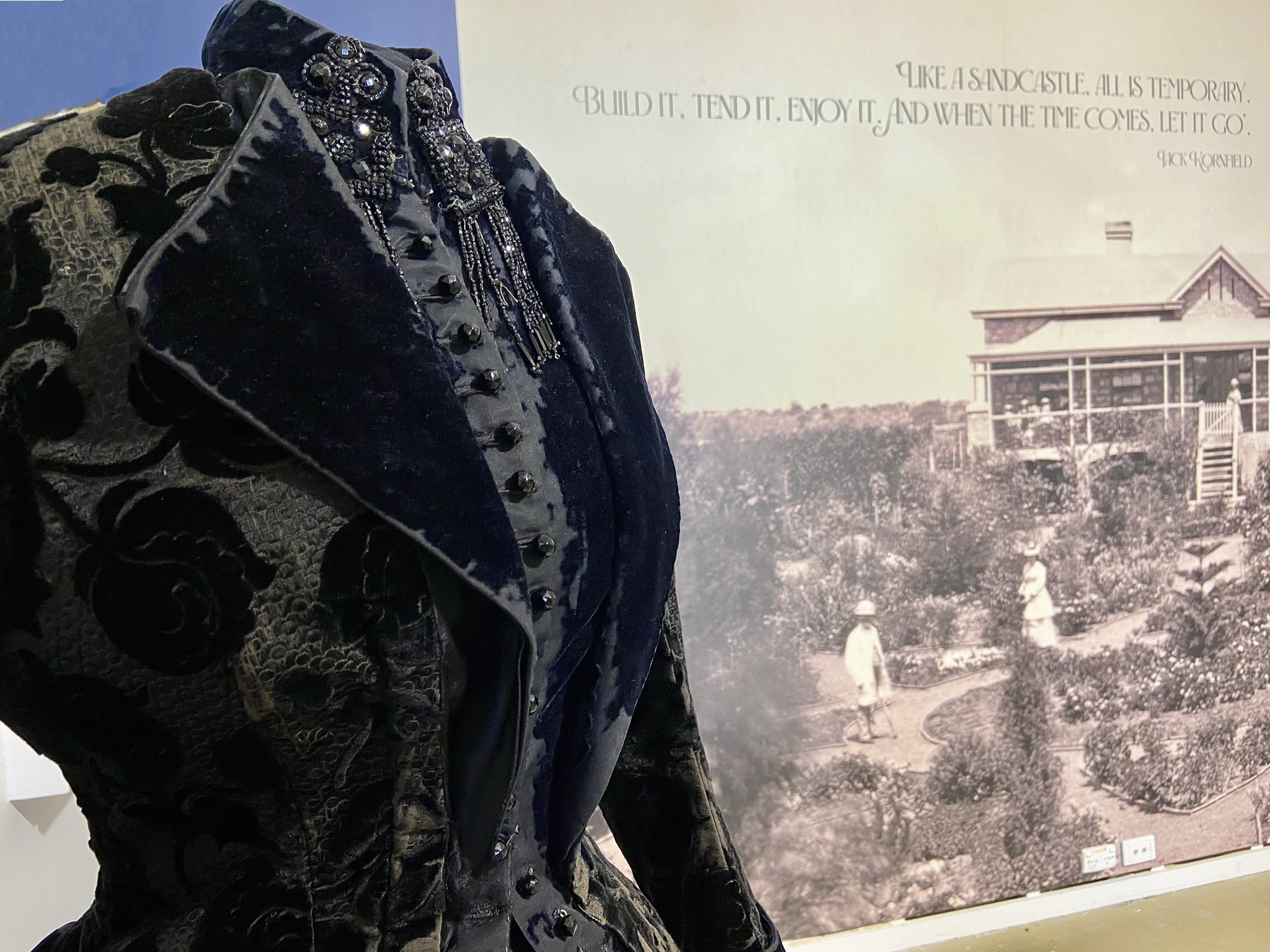
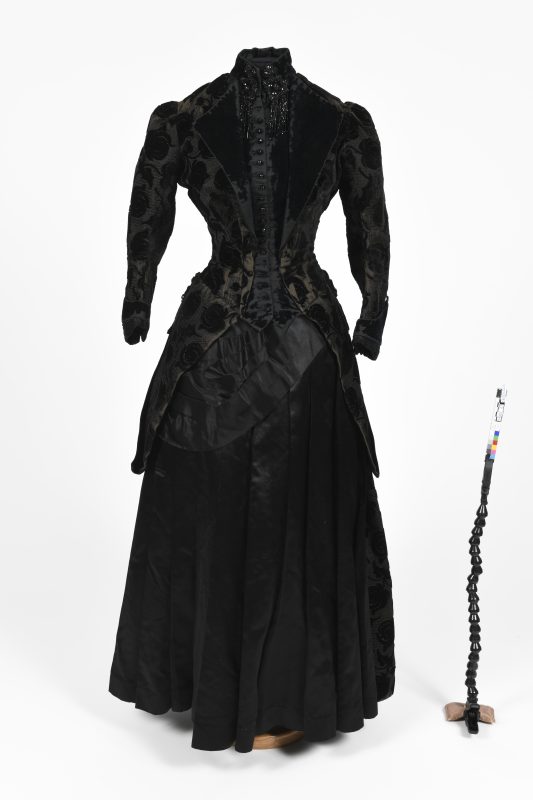
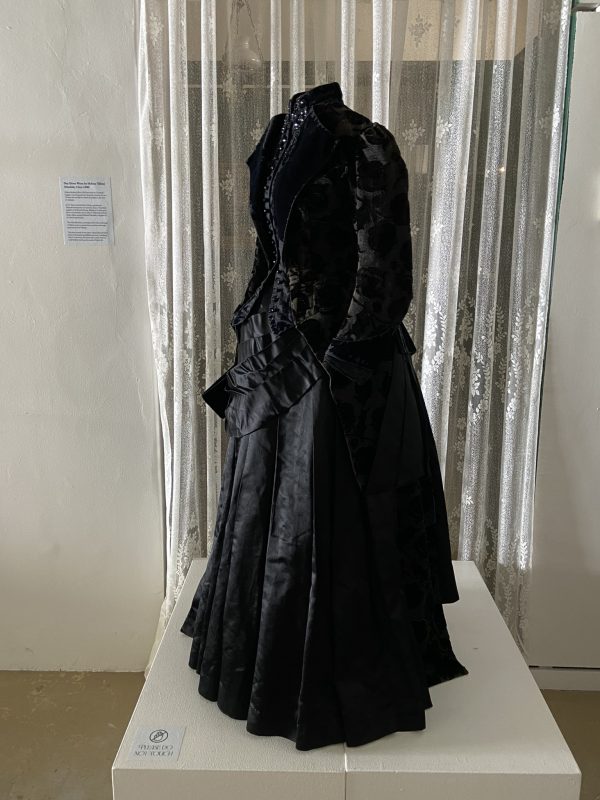
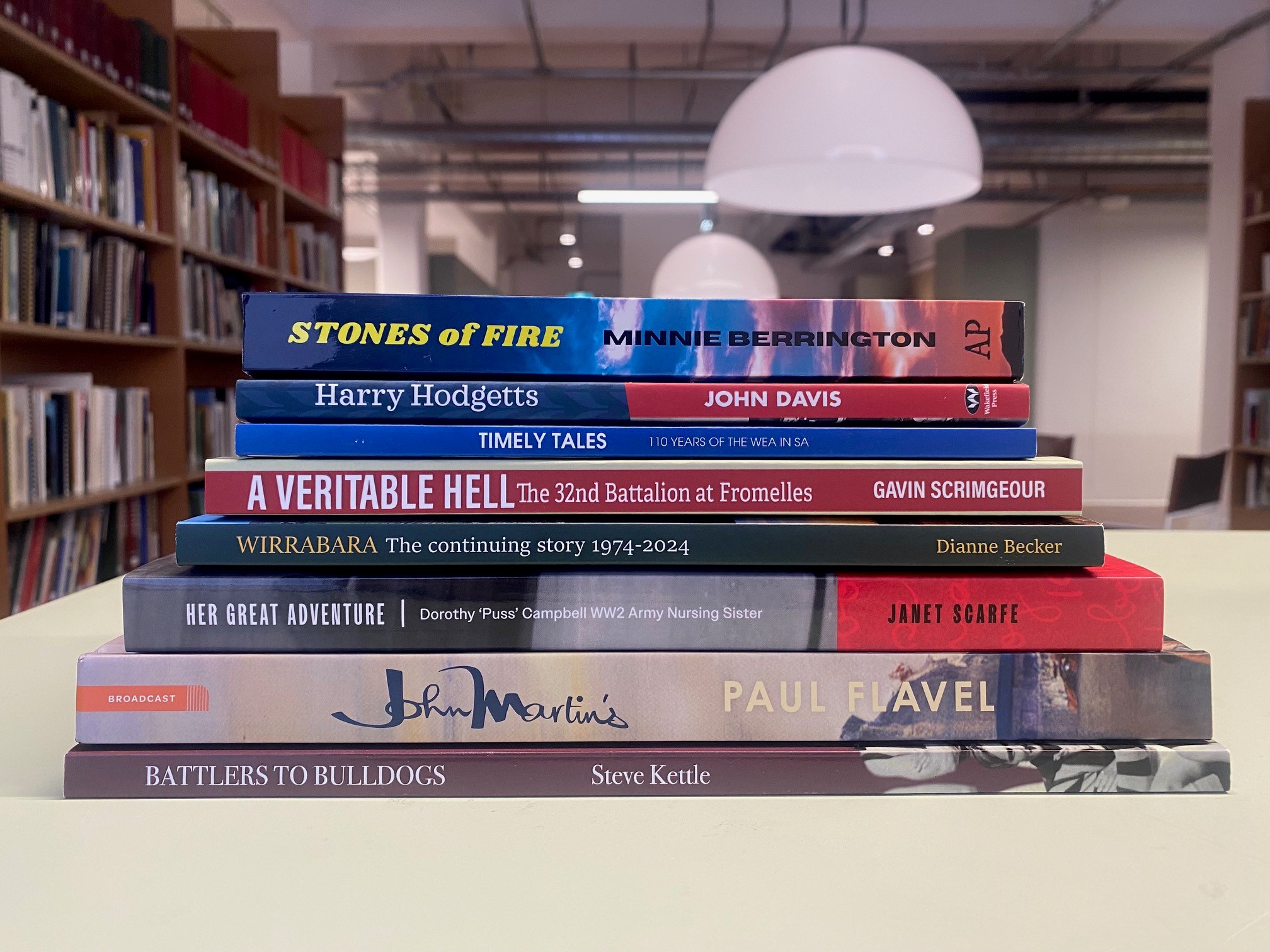
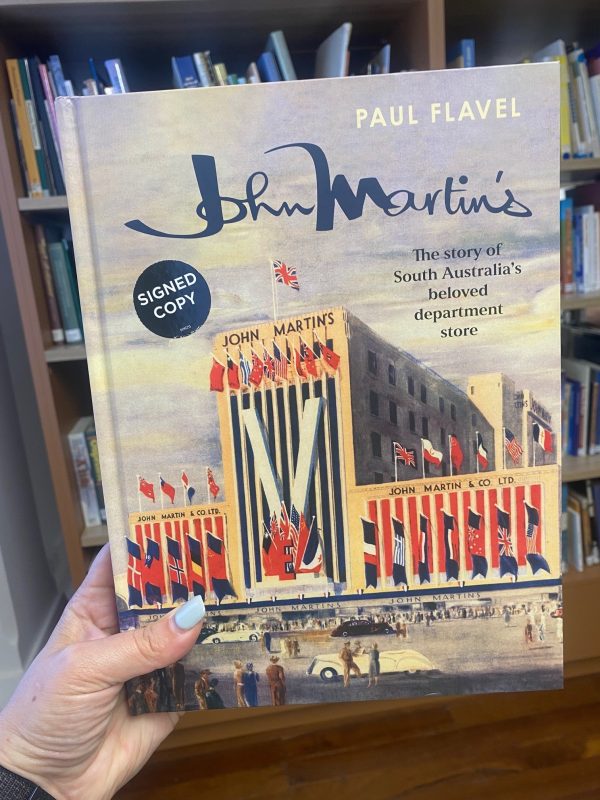
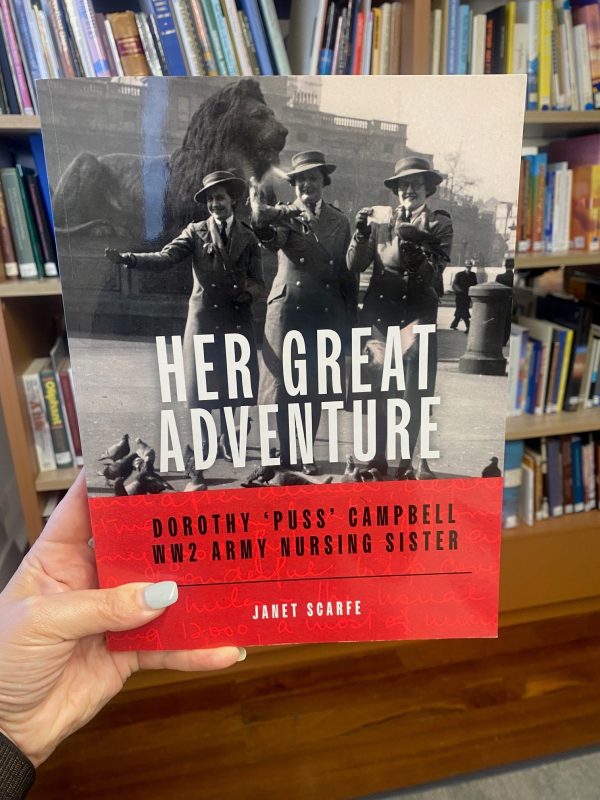
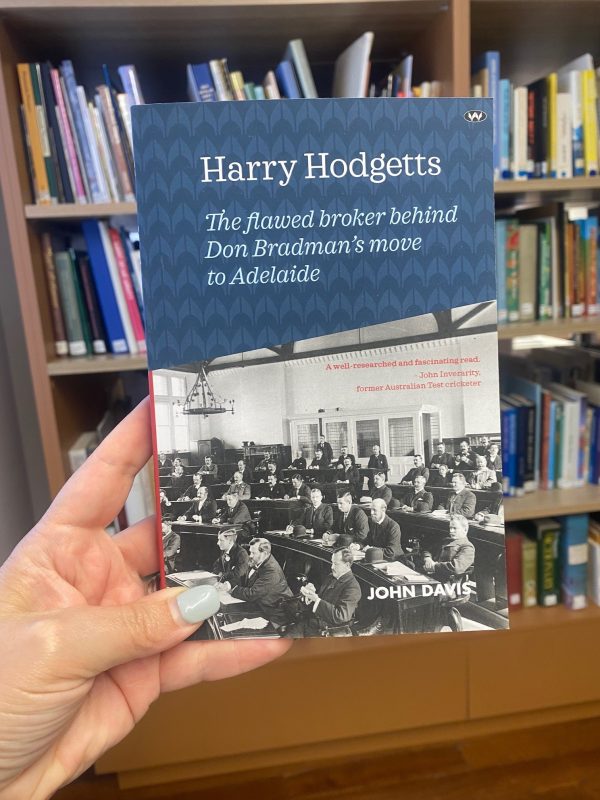
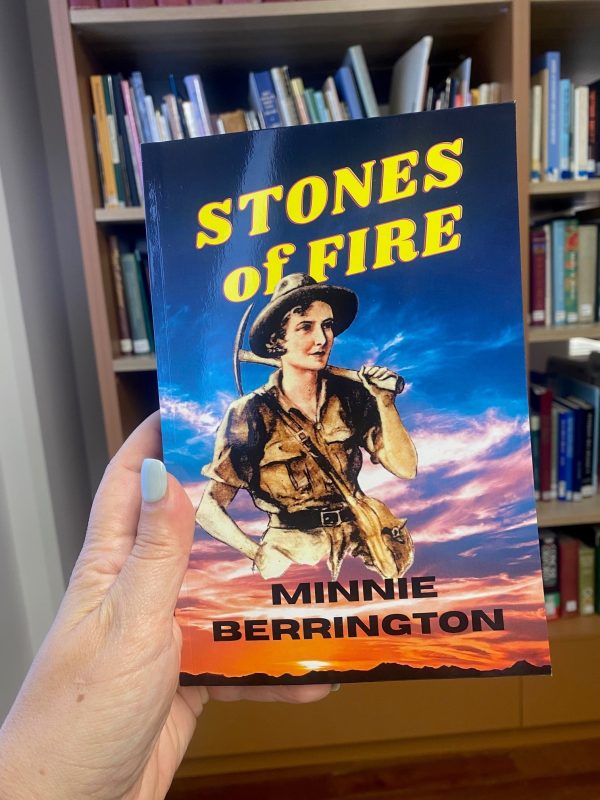
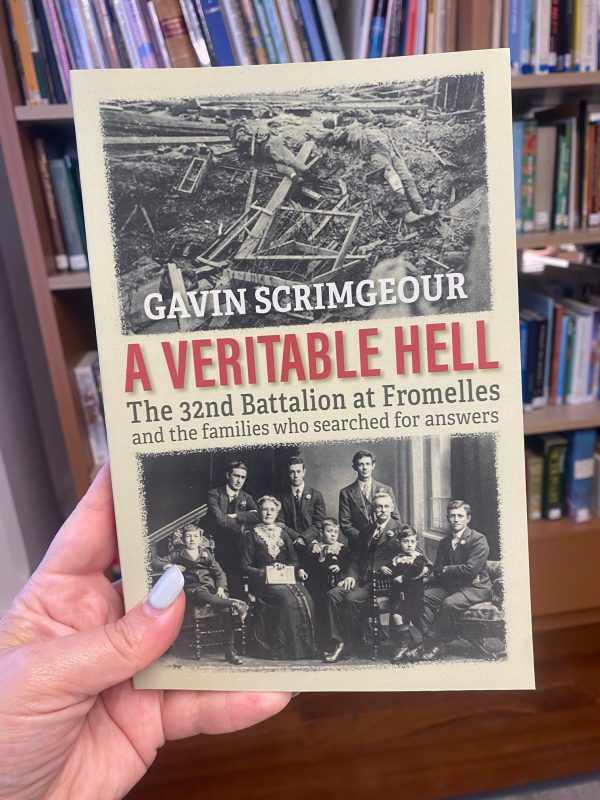
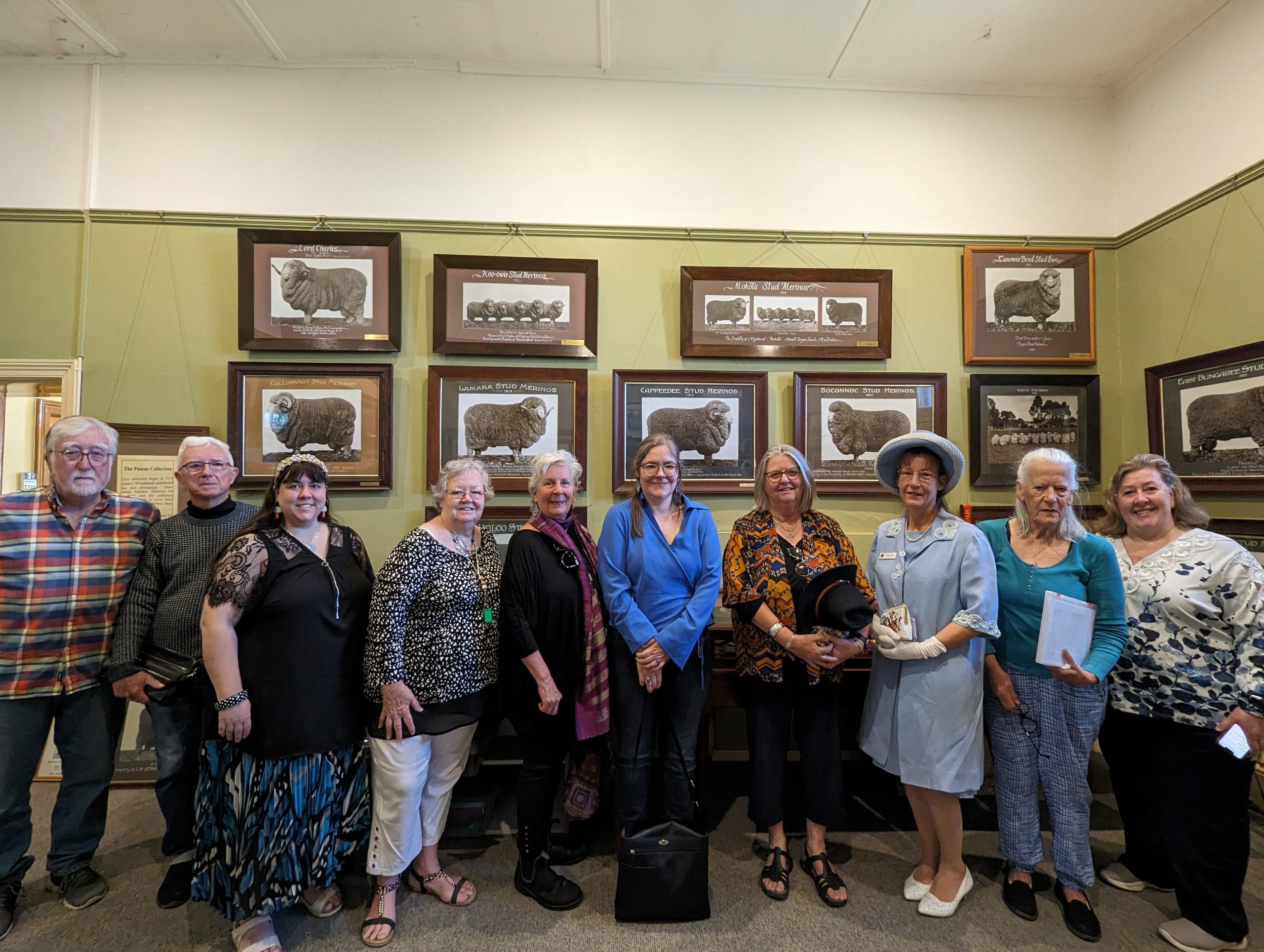
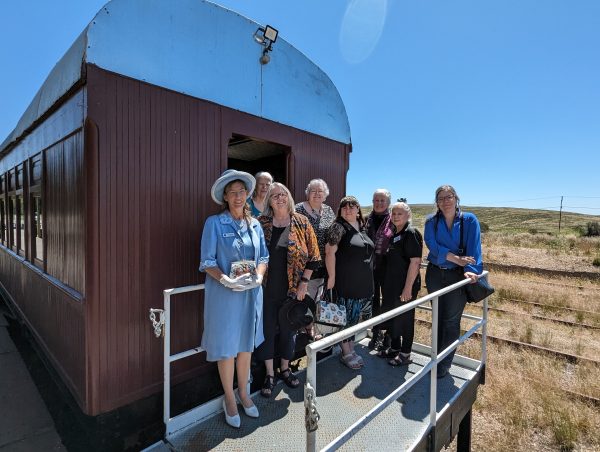
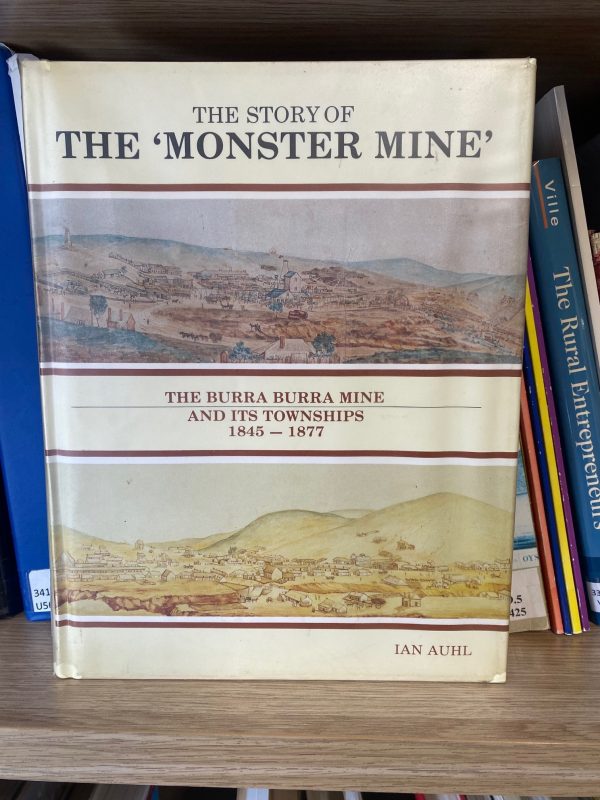
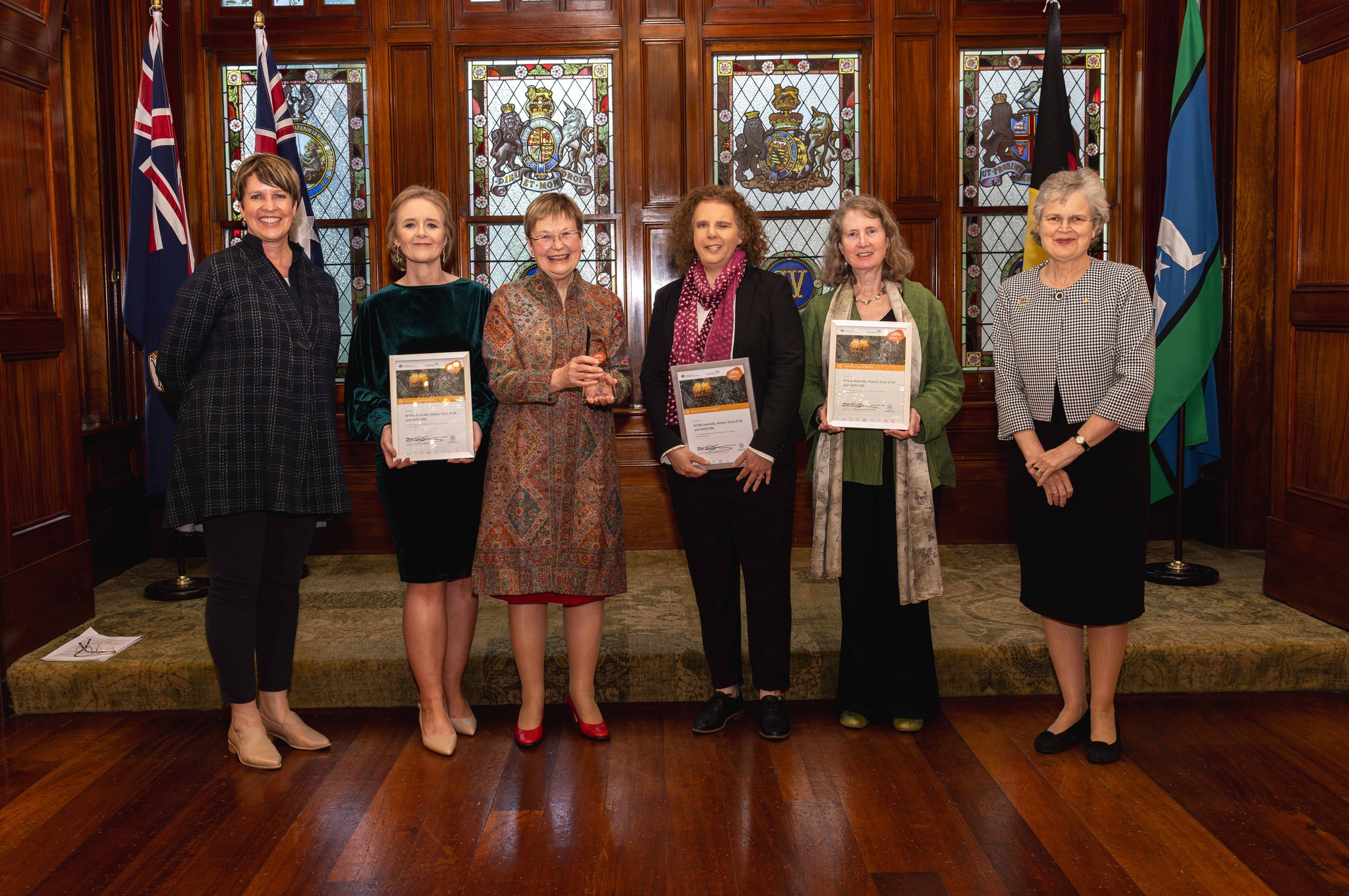
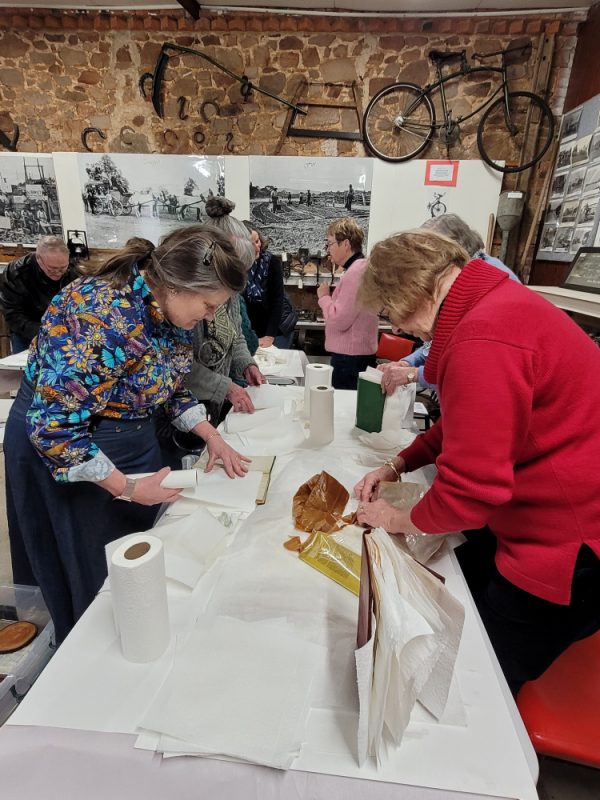
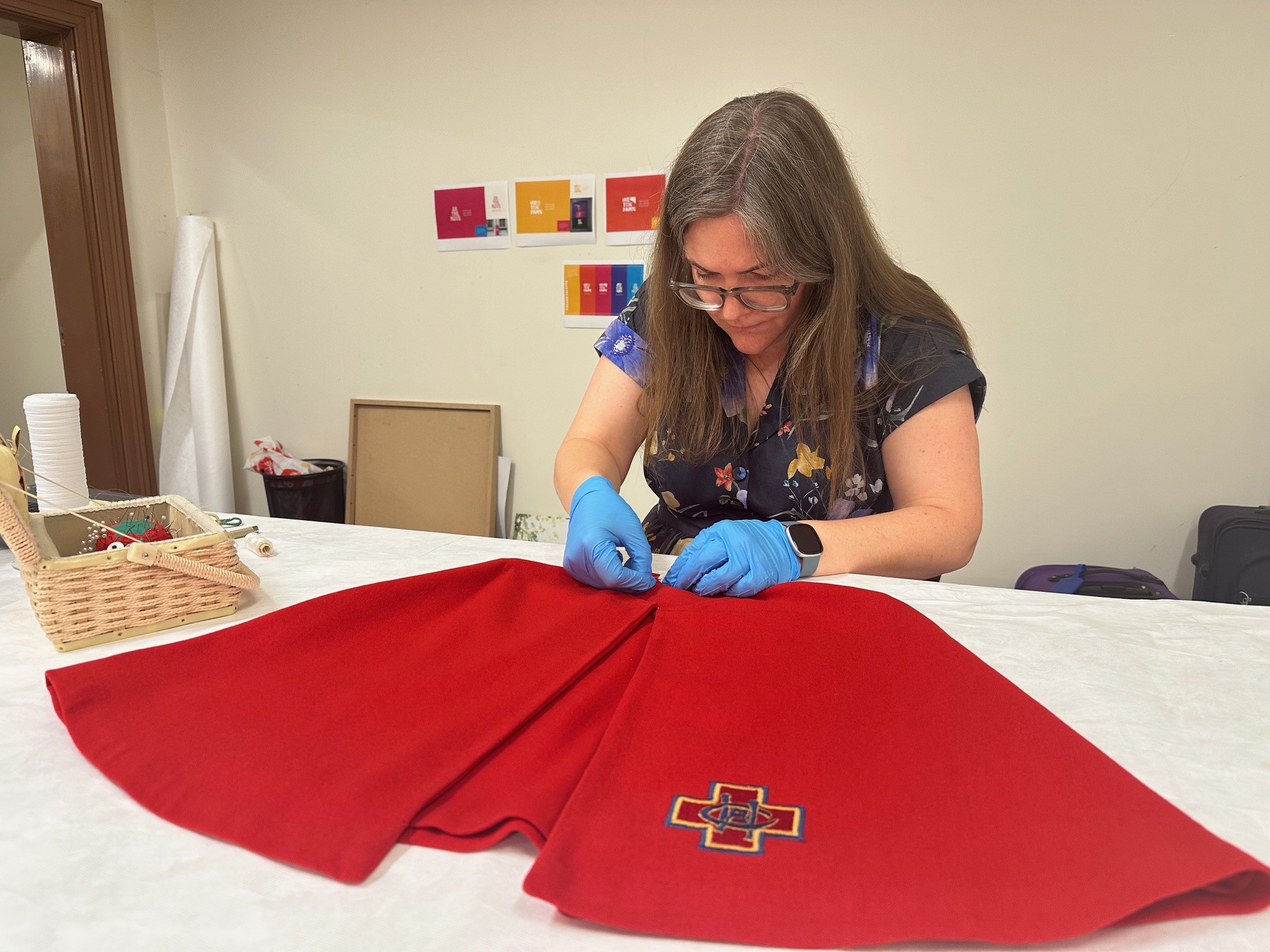
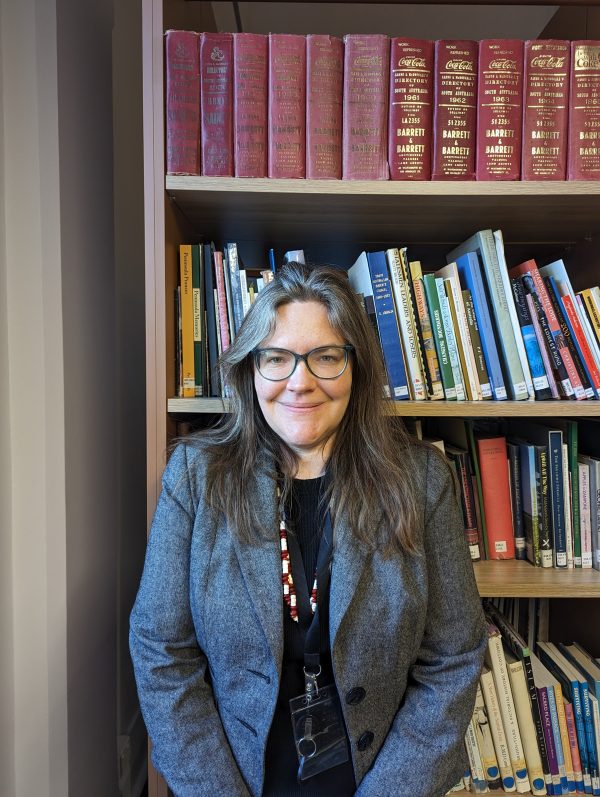
Recent Comments